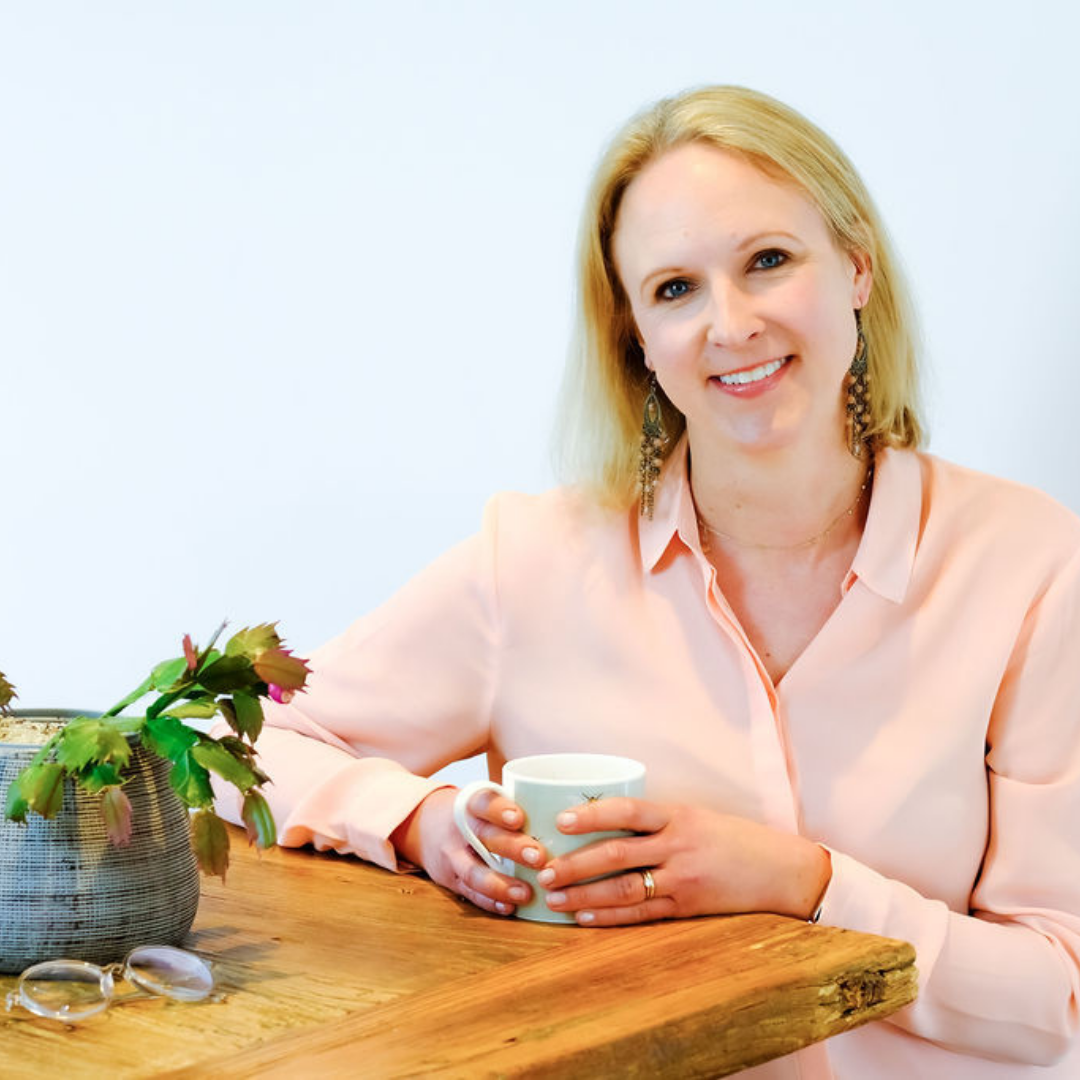Diversity and anti-racism in major donor fundraising

This is an uncomfortable blog for me to write. And it should be.
Since #Blacklivesmatter I’ve become more consciously aware of my white privilege and how it’s helped me get to where I am. Since then I’ve been reading, listening and learning, for my own anti-racism journey, and also to understand the dynamic of philanthropy where (often) white, wealthy men can wield incredible power through their giving priorities. I’ve also been trying to take action.
I know some major donor fundraisers who are becoming increasingly aware of this truth but don’t necessarily know what they can do. They are often in a white world of wealth and privilege with donors for part or all of their working week, but aren’t sure what steps they can take.
So here are some thoughts on what you can do. Right now. I want to use the relatively small platform I do have, to share some of what I’ve been learning from others.
I know they are small steps.
They are not enough.
But they are a start.
“Most times, the way isn’t clear, but you want to start anyway. It is in starting with the first step that other steps become clearer.”
Martin Luther King
- Learn more about different philanthropy and different cultures

Una Osili is Director of Research at Indiana University’s Centre of Philanthropy. At the Pyrotalks Diversity & inclusion conference, she spoke about broadening our definitions of who a philanthropist is. Her research shows that in the US, the % of high-net-worth households who give is equal, regardless of race. Different cultures across the world have different philanthropic traditions.
Maybe we are just focusing on white donors because, with mainly white fundraising teams, we are staying comfortable and reinforcing this lack of diversity with who we approach for major gifts?
How can we learn about different philanthropic cultures? You don’t need to look far. There’s a fantastic event coming up on Asian philanthropy: Talking Philanthropy – Asia Pacific: Supporting a Philanthropic Ecosystem.
We should all ask “why don’t we have more major donors of colour at our charity”?
You can change this.
2.Take steps to get more diverse donors
At a recent webinar, David Howse talked about charities and non-profits spending time in different communities they’re not already engaged with, learning the needs of that community. Is your CEO only going to events with white leaders? What groups and communities are your charity’s community fundraiser’s engaging with? David summarised that “change happens at the speed of trust”. Be open and honest if experiences, cultures and communities are new to you.
If you’re not present, involved and caring about different communities, you are making giving to your organisation unattractive for donors of colour.
Reflect on how your charity is viewed – do you have people of colour speaking at your events?
Even if you’re a UK based charity, there will be potential donors from all backgrounds and races, who care about the same thing that your charity does. Don’t exclude them.
Barnardos’ (the large UK children’s charity) philanthropy team, led by Michael Winehouse and with Chris Alexander are setting up a BAME engagement committee to better understand and build relationships with different communities of colour.
3. Have those difficult conversations
Tell your major donors, your Patrons and your charity’s contacts about your anti-racism work. Go public with it. When Barnardos put out their white privilege statement in 2020 they spoke to their major donors about it.
It may not be a difficult conversation, it may be. But the conversation needs to be had with your donors nonetheless.
As a fundraiser you need to be equipped to have those conversations. Get support from your manager if you need it to challenge any negativity or debate from high-value donors. It doesn’t need to be easy – I know what it’s like to be in a room with a powerful white major donor vehemently disagreeing with me, (and I get that I’m white and middle class!)
“We need to accept and work with the fact that things are complicated, and multiple seemingly-conflicting things can be true at the same time. We can respect and appreciate donors AND push back when they’re being racist or egotistical.” Spot on Vu Le, from this blog.
Have you considered a donor code of ethics? Dr Anthony Heaven spoke about this at CASE’s 2020 Diverse Philanthropy and Leadership Conference; how it can help to hold donors to account for their behaviour, but most importantly how it can empower fundraisers if they experience racism, homophobia, or sexism.
Ask what your major donors’ businesses are doing about anti-racism and diversity? You may get some ideas to take back to your charity.
When writing proposals to your donors and funders, are you highlighting that your charity is on an anti-racism journey, and is this included in your organisation’s values? Mackenzie Scott, Jeff Bezo’s wife who gave £10billion during the pandemic to frontline covid causes, deliberately sought out charities tackling racial justice.
And one idea I love from Community Centric fundraising is to invite your major donors on your organisation’s anti-racism training.
4. Start internally
If you’re thinking to yourself, “What anti-racism and diversity work?” we hit a fundamental block.
If there isn’t any anti-racism work and efforts to create a more diverse culture in your organisation, why the heck not?
Why would donors of colour want to support you when you’ve got an all white board of trustees? Denitra Griffin, CEO, Always Giving Back Foundation spoke recently on how donors are getting more sophisticated – a diverse board is a small signal you’re taking diversity seriously
Davinia Batley at UK young people’s charity Become, has got Equality, Diversity and Inclusion in her four weekly fundraising team meetings using the community centric fundraiser framework. Following external training, they are now committed to their journey internally to create true cultural change.
And if your fundraising team is white? I’m not proud of having managed a team of 20 fundraisers in my career, 19 of who were white. I wanted it to change but didn’t do anything practical to make this happen. Take active steps in your recruitment to make your team more diverse. This guide from fundraising specialist Dana Segal gives top tips on this. Barnardos are recruiting two fundraisers of colour because it’s the right thing to do to become more inclusive, but also because it will diversify not only their team but their donors.
5. Educate ourselves, whatever level you’re at
As a white person, one small step I’ve been able to take is to follow more people of colour on social media and read more about non-white giving – I’ve got a lot more to do but it’s getting me out of my bubble. There is no one simple answer to the challenges of philanthropy, white privilege and major gifts. There are fortunately many organisations publicly discussing this, sharing their journeys, best practice and experiences in a low-cost way. I’ve been to three conferences/webinars on this in four months for less than £60 – we can all make the time, and our charities the budgets, for this.
This is a huge topic, and there is so much more. I recognise people of colour have been battling for years. This blog is one small step I can take. I hope your charity and major donor team is taking steps too, now. Check out the video on the same topic here.
I offer pro bono major donor fundraising support to POC led charities and to fundraisers from unrepresented groups. You can find out more here.
Please share your thoughts with me at louise@summitfundraising.co.uk

Louise Morris is the Founder of Summit Fundraising. She is a major donor fundraising specialist and has worked with over 200 charities helping them raise large gifts.
